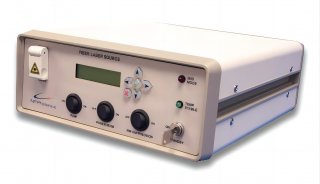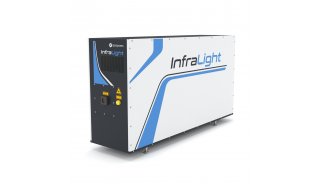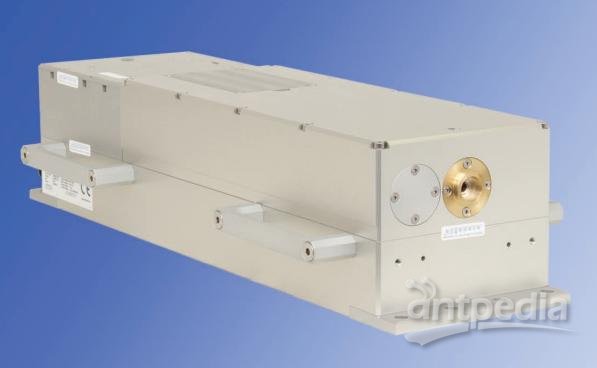Bacic Immunoprecipitation
实验概要
Immunoprecipitation (IP) is one of the most widely used immunochemical techniques. Immunoprecipitation followed by SDS-PAGE and immunoblotting, is routinely used in a variety of applications: to determine the molecular weights of protein antigens, to study protein/protein interactions, to determine specific enzymatic activity, to monitor protein post-translational modifications and to determine the presence and quantity of proteins. The IP technique also enables the detection of rare proteins which otherwise would be difficult to detect since they can be concentrated up to 10,000-fold by immunoprecipitation.
In the IP method, the protein from the cell or tissue homogenate is precipitated in an appropriate lysis buffer by means of an immune complex which includes the antigen (protein), primary antibody and Protein A-, G-, or L-agarose conjugate or a secondary antibody-agarose conjugate. The choice of agarose conjugate depends on the species origin and isotype of the primary antibody. The methods described are comparable and the choice of method depends on the specific antigen-antibody system.
主要试剂
Agarose conjugate: Protein A immobilized on Sepharose® CL-4B [Details:Product No. P3391] or Protein G-Agarose 4B [Details:Product No. P3296] or Protein L-Agarose [Details:Product No. P3351], or antibody-agarose conjugate [Details:secondary antibody conjugates according to the species origin and isotype of the primary antibody]
Primary antibody for immunoprecipitation [Details:refer to the product's specifications] and non-relevant antibody[Details:negative control]
HNTG buffer: 20 mM HEPES buffer pH 7.5 [Details:Product No. H4034], containing 150 mM NaCl [Details:Product No. S9625], 0.1% (w/v) Triton X-100 [Details:Product No. X100] and 10% (w/v) glycerol [Details:Product No. G9012]
Washing buffer [Details:Ice cold] : HNTG buffer, or PBS pH 7.4 [Details:Product No. P4417], or other buffers (RIPA buffer) according to the level of washing stringency required
Laemmli sample buffer [Details: e.g. 1x, 2x (Product No. S3401) or 3x ] with or without 2-mercaptoethanol (2-ME) [Details:Product No. M7154]
主要设备
SDS-PAGE and immunoblotting reagents and equipment
Microcentrifuge tubes [Details:Product No. T9661]
Microcentrifuge [Details:Product No. C3361] and shaker
实验材料
Cell or tissue lysate preparation
实验步骤
1. Immunoprecipitation of Specific Antigens
Note: Perform all IP steps using microcentrifuge tubes on ice unless noted otherwise.
1) Wash agarose conjugate twice with washing buffer, centrifuge for 10 sec. at 12,000xg at room temperature. Discard supernatant.
2) Note: If agarose conjugate is a powder, reconstitute it with deionized H2O and allow it to swell for 5 minutes.
3) Resuspend agarose conjugate in washing buffer (50% suspension).
Continue with method A or Method B, as desired.
Method A
4) Divide agarose conjugate into aliquots of 50-100 µl (approx. 25-50 µl agarose/bed volume) in microcentrifuge tubes.
5) Add to each tube 10 µl of primary antibody at appropriate dilution (refer to the antibody specifications).
6) Incubate for 15-60 min at room temperature, gently mixing the sample on a suitable shaker.
7) Centrifuge at 3,000xg for 2 min. at 4 °C. Discard supernatant.
8) Wash samples each with 1 ml washing buffer, centrifuge at 3,000xg for 2 min. at 4 °C. Repeat this step at least twice.
9) Add to each tube 0.1-1.0 ml of cell lysate.
10) Incubate for 90 min. to overnight at 4 °C, gently mixing the sample on a suitable shaker.
11) Collect immunoprecipitated complexes by centrifugation at 3,000xg for 2 min. at 4 °C. Discard supernatant.
12) Wash pellet with 1 ml washing buffer, centrifuge at 3,000xg for 2 min. at 4 °C. Repeat this step at least 3 times.
Method B
4) Add to cell lysate sample (0.1-1.0 ml), 10 µl of antibody at appropriate dilution (refer to product specification).
5) Incubate for 90 min. to overnight at 4 °C, gently mixing the sample on a suitable shaker.
6) Add 50-100 µl of agarose conjugate suspension (approx. 25-50 µl agarose/bed volume).
7) Incubate for 15-60 min. at 4 °C, gently mixing the sample with a shaker.
8) Collect immunoprecipitated complexes by centrifugation at 3,000xg for 2 min. at 4 °C. Discard supernatant.
9) Wash pellet with 1 ml washing buffer by resuspension and centrifugation at 3,000xg for 2 min. at 4 °C. Repeat this step at least 3 times.
2. Preparation for SDS-PAGE
1) Resuspend each pellet in 25-100 µl Laemmli sample buffer to a final concentration of 1x sample buffer. Heat samples at 95 °C for 5 min.
2) Centrifuge for 30 sec. at 12,000xg at room temperature. Collect supernatant (IP sample). If required, (and where protein stability permits) IP samples can be stored in sample buffer at -70 °C.
3) Run samples and MW standards with known concentrations on SDS-PAGE (appropriate percentage of polyacrylamide gel is according to the molecular size of the protein).
4)Transfer to nitrocellulose and perform immunoblotting (see Immunoblotting Procedure




















